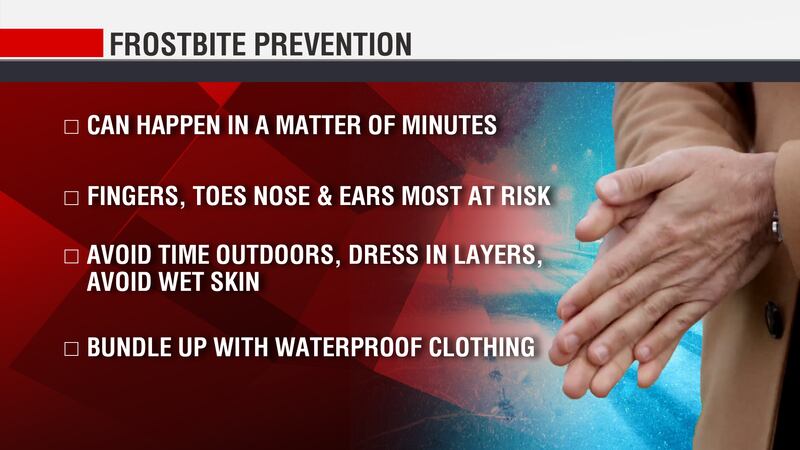To detect if clothes will bleed color, conduct a spot test with a damp, white cloth. Rub the cloth against a hidden area of the garment to see if any dye transfers.
Choosing new clothes can be exciting, but the possibility of color bleed is a concern that shouldn’t be overlooked. Whether online shopping or perusing racks at a local boutique, consumers are wise to consider a garment’s colorfastness—its ability to maintain color without running or fading.
A quick spot test before washing can save you from a laundry disaster, keeping your whites pristine and your colors vibrant. Helping you manage and maintain your wardrobe, this simple precaution ensures your fashion investments remain as intended, wear after wear. Safeguarding against color bleeding is more than practical; it’s a necessary step for any fashion-conscious individual aiming to preserve the quality of their clothing collection.
The Risk Of Colors Bleeding
Identifying fabrics likely to bleed is crucial before washing. Certain materials, like cotton, linen, and silk, often have higher bleeding risk. Dark or vibrant colors may not be colorfast. This means that their dyes can wash out and stain other clothes.
To test colorfastness, dampen a small area of the garment. Place a white cloth on it and iron. If the white cloth picks up any color, the fabric may bleed. Another method involves soaking a corner of the fabric in warm water. After a few minutes, press a cotton swab against the fabric. No dye on the swab? Your item is colorfast.

Credit: www.amazon.com
Preventive Measures Before Washing
- Read the care labels on your clothes with attention.
- Labels show how to wash safely without colors running.
Test for colorfastness by:
- Dabbing a wet cotton swab on a hidden seam.
- No dye on the swab? Your garment is likely safe.
Sorting laundry is a must-do:
- Keep lights, darks, and whites separate.
- Wash clothes by similar fabric types together.
Expert Techniques For Washing
To prevent clothes from bleeding, always use cold water. Cold water helps keep the dye intact, avoiding color runs. Choosing the correct detergent also plays a key role. Opt for a color-safe detergent as it’s specially formulated to avoid color transfer. While hand washing is gentle, machine washing can be effective if done correctly. Use the delicate cycle and place garments in mesh laundry bags for added protection. Always read your clothes’ care labels before proceeding with either method.

Credit: www.ksla.com
Natural Solutions To Set Colors
Natural solutions like salt and vinegar baths can help set colors in fabrics. Dissolve one cup of salt in a basin of cold water. Submerge your new clothes in this mixture for a few hours. Salt helps to lock in colors and prevent bleeding. After the salt bath, rinse your garment with clean water.
For a vinegar bath, mix one cup of vinegar with a gallon of water. Soak the clothes for about 30 minutes. Vinegar, like salt, is a natural fixative that aids in color retention. Always rinse the clothes thoroughly after the vinegar bath to remove any odors.
Commercial color fixatives are also available but try these natural methods first. They are gentle on fabric and environment-friendly. Always test a small area first to ensure there’s no damage or color loss.
Aftercare: Post-wash Best Practices
Proper drying techniques can significantly decrease color bleeding. Always opt for air-drying clothing, laying them flat on a clean, dry towel. Avoid the use of high heat from tumble dryers, as this can cause colors to run. A gentle, cool air setting may be used if necessary, but air drying is preferable.
Ironing should be done cautiously with the correct settings. To seal in colors, use a pressing cloth between the garment and the iron. This protects fabrics from direct heat, which can make colors bleed. Ensure the iron’s temperature aligns with the fabric’s care label.
Color preservation benefits from proper storage. Keep clothes away from direct sunlight, which can fade and weaken fabric. Store in a cool, dark place, using breathable covers for extra protection. This maintains the vibrancy and longevity of your garments.
:max_bytes(150000):strip_icc()/tips-keep-black-clothes-from-fading-2146157-04-6ff5b35661dc48b7bd0d64ef545732e5.jpg)
Credit: www.thespruce.com
Troubleshooting Common Issues
Color bleeding in clothes can be frustrating. To deal with color transfer after bleeding, try these steps:
- Separate affected garments from the rest of your laundry.
- Soak the items in a solution of oxygen bleach and cold water.
- Check for color fastness before washing in a normal cycle.
- Air dry the clothes to avoid further heat damage.
For clothes that have faded due to bleeding:
- Use a dye fixative or a color reviver product for fabrics.
- Follow product instructions to ensure the best results.
- Consistently use color-catchers in future washes to prevent this problem.
Frequently Asked Questions Of How To Know If Clothes Will Bleed
How Do You Know If A Fabric Will Bleed?
To check if fabric will bleed, conduct a patch test. Dampen a small section, apply a white cloth, and press with a warm iron. Color transfer onto the cloth indicates bleeding. Always perform this test before washing new garments to avoid color run.
How Do I Make Sure My Clothes Don’t Bleed?
Sort your laundry by color, with darks and brights separated from lights. Use cold water for washing, as it reduces the risk of bleeding. Include a color-catcher sheet in the wash to absorb excess dye. Avoid overloading the washer, allowing clothes to rinse properly.
Always read and follow garment care labels.
Will My New Clothes Bleed?
New clothes may bleed during the first few washes, particularly if they are brightly colored or made of natural fibers. Always check the care label and consider washing them separately to prevent dye transfer.
How Do I Know If My Clothes Are Colorfast?
To test if clothes are colorfast, dampen a hidden area with water, press a white cloth against it, and check for color transfer. If the white cloth shows color, the garment isn’t colorfast.
Conclusion
Preventing color bleed in your clothing is essential to maintain a vibrant wardrobe. Always conduct a simple test before washing new garments. Choose the right water temperature and laundry aids. Remember, separating colors and understanding fabric care goes a long way in keeping your clothes looking their best.
Happy laundry day!


